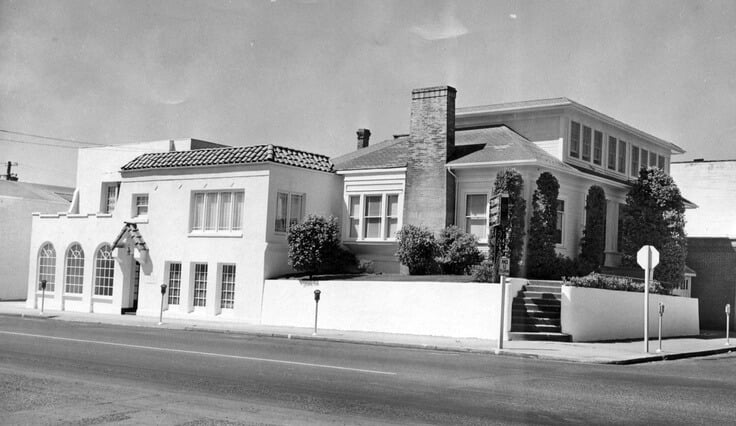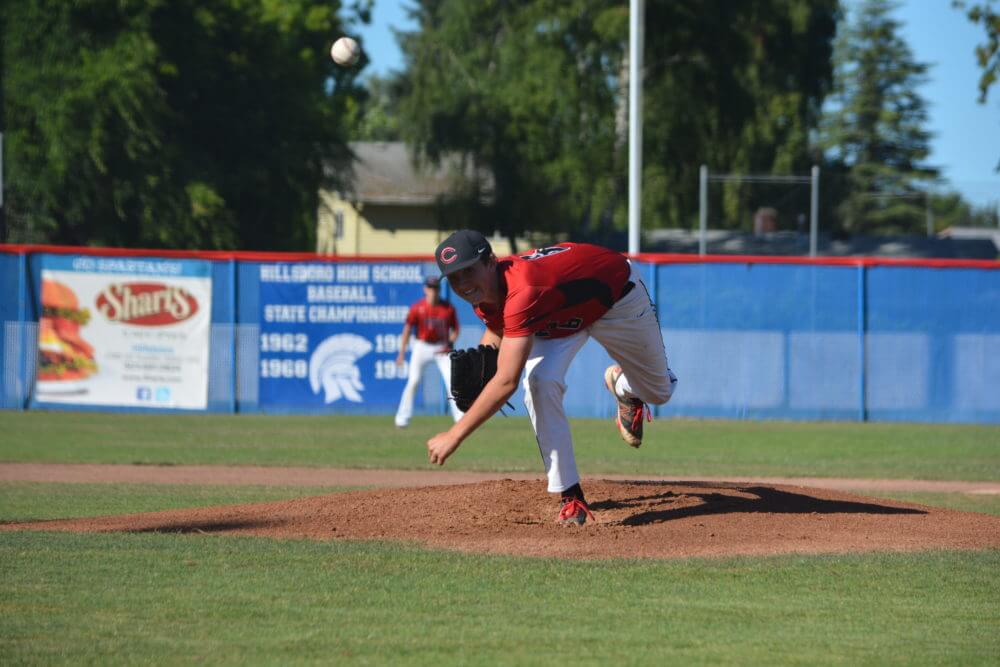Camas, WA — I’ve been bothered by a trend over the past few years to shorten the Camas High School mascot name from Papermakers to “Makers” so I’ve spent some time researching its root cause.
There are three scenarios in play:
1) Design: It’s easier to design a uniform, practice jersey or sports memorabilia because it requires fewer letters. As a designer, writer and someone with the last name “Geigenmilller” I get that, but I would never shorten my name to “Miller” as 1) that disrespects my history — Geigenmiller means Violinmaker or “one who owns or operates a mill” in German; 2) Doing so dishonors my family; and 3) Shortening to “Miller” or “Maker” takes away the history. Maker of what? Some suggest that using the term “maker” implies an inherent authority. Plus, it feels like part of history is being erased, and it’s not a good idea to erase history. The history of the mill in Camas isn’t perfect, but it’s the history. We can certainly discuss the environmental concerns the mill brings, but that doesn’t mean we re-write the past. Being a “Papermaker” isn’t political. Even though the mill will likely close in a few years, we are still a mill town. It’s OK to say that. Solution: If you want to shorten the jersey name, then just imprint “Camas.” Pretty simple.
2) Language: It’s just easier to say. I’ve heard announcers tell me it’s easier to say “Makers” over “Papermakers.” This is simply nonsense. “Roll Papermakers” requires two more syllables. Solution: Let’s just say “Papermakers” or “Papermaker Pride.” #PapermakerPride is a good hashtag. It honors the history and the moment.
3) Attitude: There is a concerted movement to erase the history. Yes, this is true. There are many newer residents that love Camas, its beauty, its schools, its people — but they’re embarrassed that it’s a mill town. I think for some it’s concern about the environmental issues associated with the mill, or for others it’s simply an attitude. Why? Are you ashamed thousands of workers made their living at the mill since the late 1800s? These thousands of people provided a good living for their families. Did they live in the elegant houses so many of us live in (myself included). No. But, they spent money at Runyan Jewelers (which still stands), paid a few cents to watch a movie at the Liberty Theater (which we all love) and swam at Sandy Swimming Hole (a favorite contemporary summer fun place). Those who argue in favor of the shortened name say it still implies mill work, but again I ask “maker of what?” You can’t erase the history. If you’re making a political statement given the environmental issues at the mill, spare us. We all know that. In time, those issues will be fixed. Solution: We’re a mill town, and that’s OK. Let’s celebrate it. Use Papermakers.

Isaiah Sampson led the Papermakers with 18 points. The boys basketball jerseys simply say “Camas.”
History of the Papermakers
Let’s take a quick look at local history.
In 1883, LaCamas Colony Company selected the current townsite for their new paper mill. Mr. Henry L. Pittock, the owner of the Oregonian newspaper of Portland needed plenty of water to power paper-making machines for his newspaper and found it in the lakes behind the LaCamas region. The name “LaCamas” originated from the “camas roots used by the Indians for food.”
- 1883: Aeneas MacMaster opens the first store in town.
- 1884: First school and post office was established in town.
- 1906: Camas was incorporated as a town.
- 1907: Northbank Highway opened from Vancouver, through Camas and Washougal, to Stevenson.
- 1908: The LaCamas Post, forerunner of the Post-Record newspaper, was created.
- 1928: The Crown Willamette Paper Company merged with the San Francisco-based Zellerbach Paper Mill Company forming Crown-Zellerbach Corporation.
- In WWII the Camas plant produced ship rudders in the machine shop. The rudders were being installed on the Liberty ships under construction in Vancouver and Portland. After the war, the plant’s management became more interested in technical and research problems.
- 1960: Crown Zellerbach Corporations changes ownership and name several times – currently being merged, but known as James River Corporation. It is now known as Georgia Pacific.
- 2006: The city celebrated its 100th year as an incorporated city.

The mill in the 1950s.
Source: www.cityofcamas.us
Also see: Camas History
That’s a tiny piece of history. Today, we create our own story, our own history. And, I love being at all these events to record your history.

From www.opb.com, who did an in-depth documentary about the history of Camas.
Conclusion
Camas is progressing, and that’s OK, too. When the mill finally closes, there will surely be environmental cleanup tasks. And, we’ll get those done. It’s good to build a new pool, build new schools, and upgrade our parks, but it’s not cool to alter the history by changing the mascot name. I ask you to keep saying “Papermaker” and say it with pride. It’s part of who your kids are. My oldest son is a Papermaker graduate, and we have two middle sons who are current Papermakers. They’re not makers.
Our name is unique. We’re don’t have generic names like Panthers (no offense, Washougal), or Tigers, or Falcons, or Beavers.
As the city progresses, longtime residents are losing the things most dear to them (open spaces, Crown Park Pool, and likely the closure of the mill). We have to respect their time here. They’re losing things precious to them. Please don’t disrespect them by taking away or shortening their name.
As we drive around with our overpriced SUVs and BMWs (I’m guilty of that, too) take a moment and walk down 4th Avenue, look at the smokestacks at the mill, and talk to someone who’s lived here their whole life. They have pride in their work. Listen to their story. Buy them a pastry at Caffe Piccolo. I think you’d enjoy it, and learn a few things.
I’d love to hear your feedback.
Sincerely,
Ernie Geigenmiller

Liberty Theater.

Straub’s Funeral Home, as pictured in the 1940s. Wilmer Swank opened Swank’s Funeral Home in 1911. It was eventually renamed Camas Funeral Chapel, and then Straub’s.
























